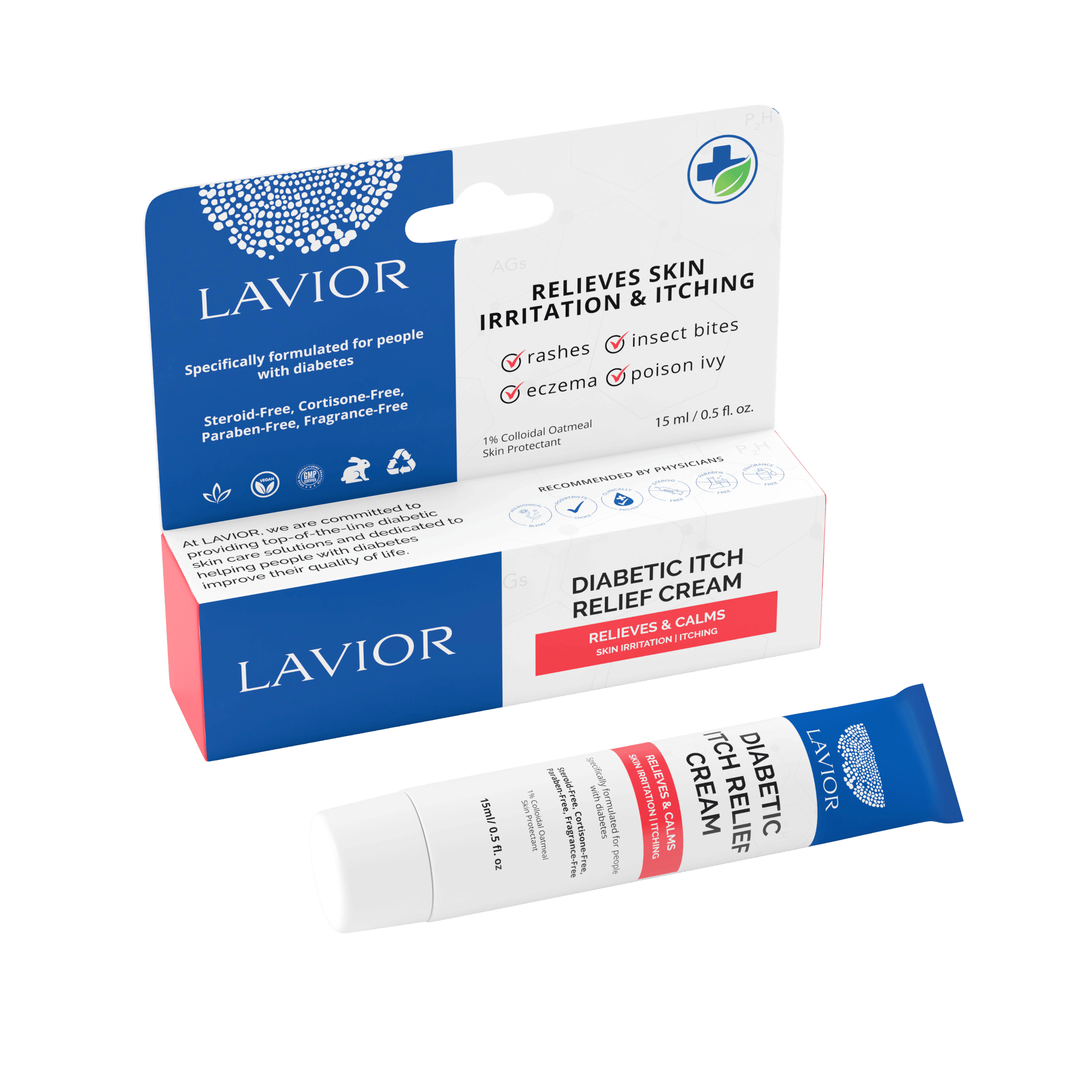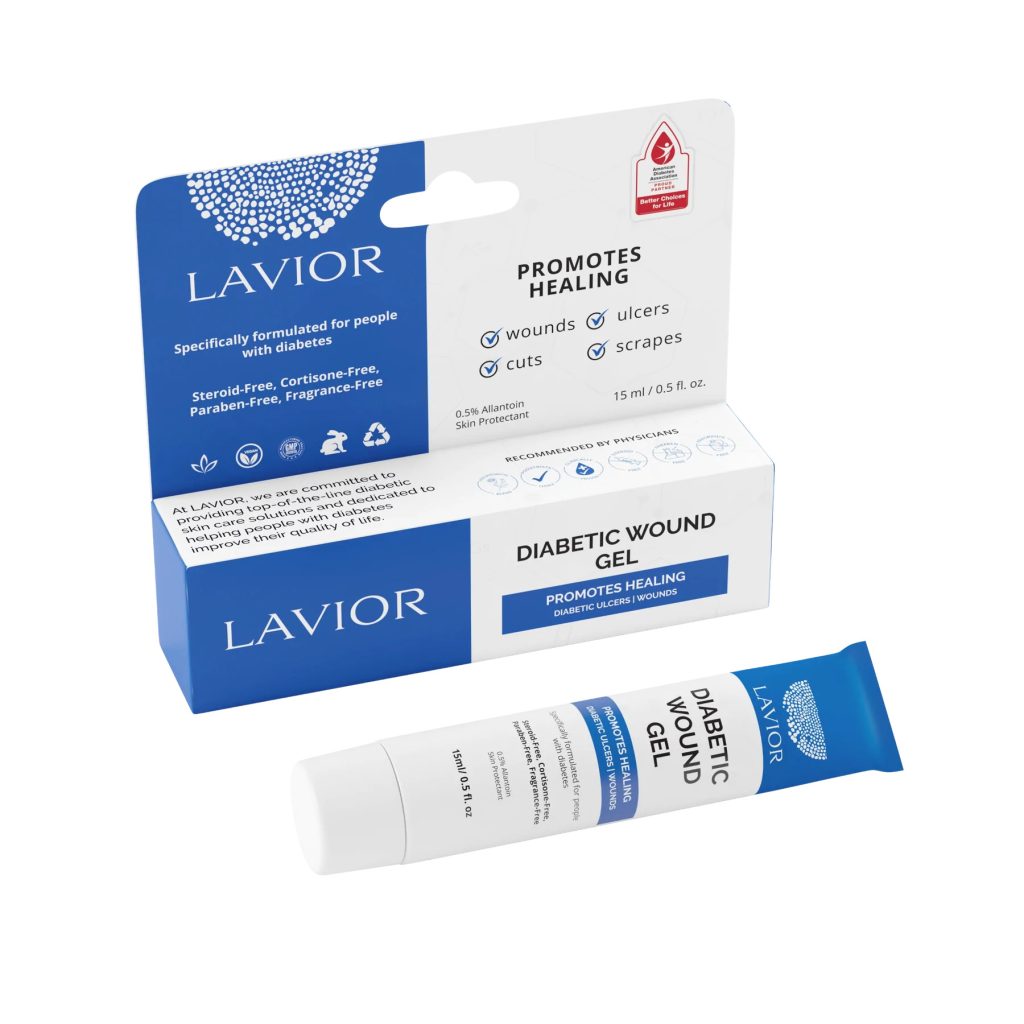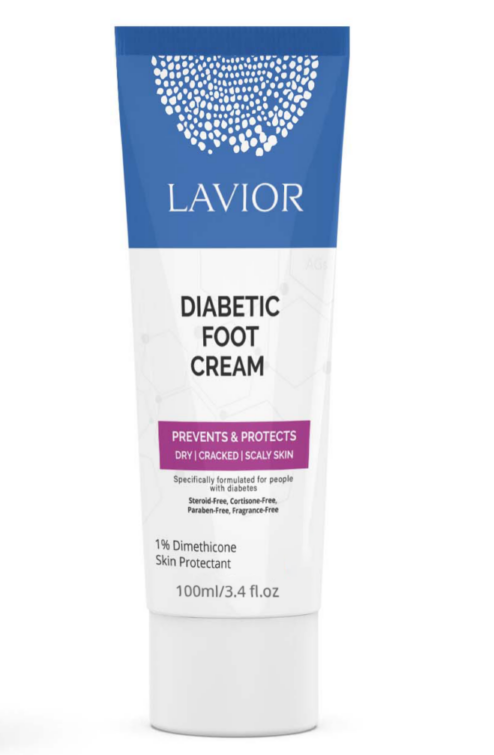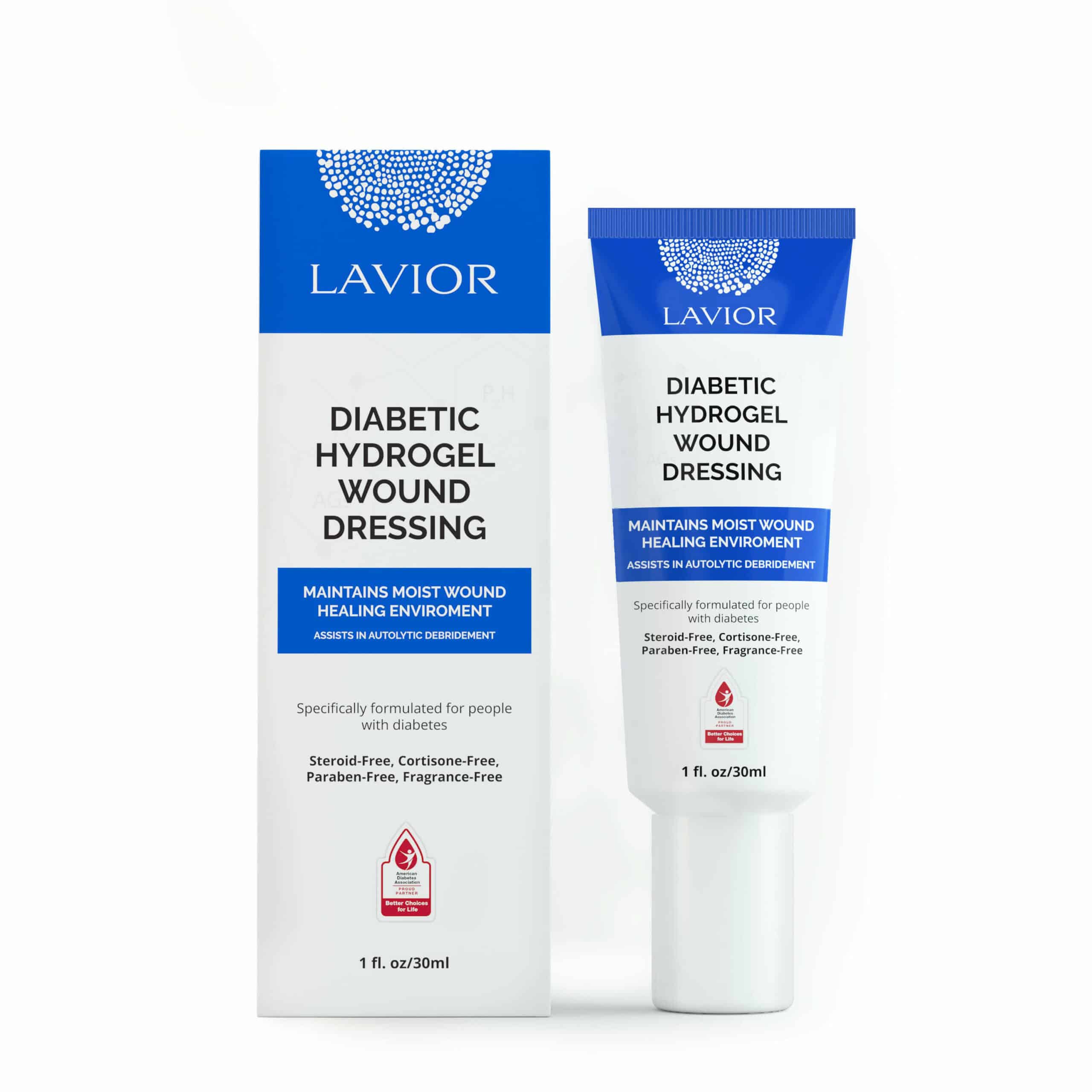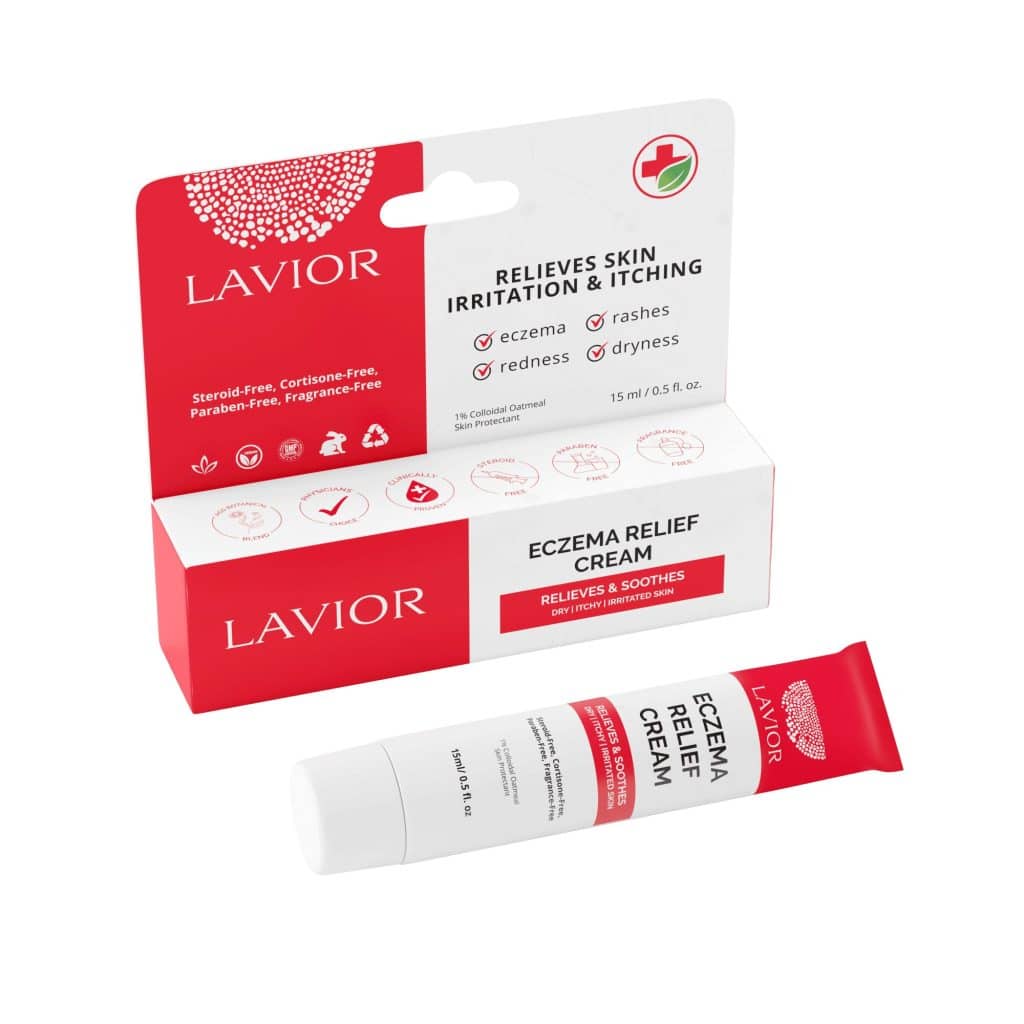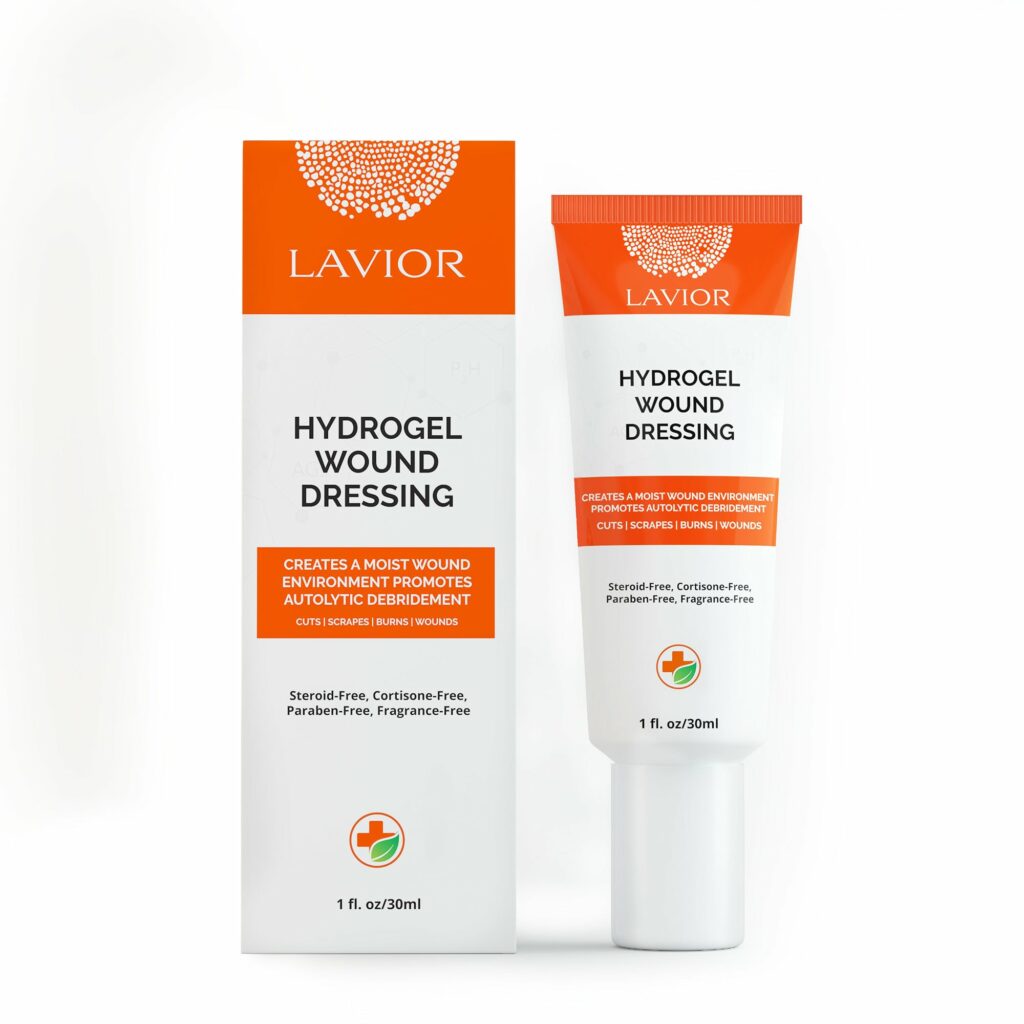Introduction
Diabetic wound aftercare is an essential part of holistic caretaking in diabetes. Without this, the risk of infections and other complications derived from them increases.
With the use of some products like the diabetic wound gel, creams, ointments, or others, you can take actionable steps to prevent further problems. Here we show you what you need to know about them.
What Is Diabetic Wound Aftercare?
Diabetic wound aftercare involves a comprehensive approach to managing wounds in individuals with diabetes. Due to impaired circulation and sensation, diabetic wounds heal slowly and are prone to infections.
Aftercare includes meticulous wound cleaning, debridement to remove dead tissue, and applying appropriate dressings to promote healing and prevent infection. Monitoring blood glucose levels is also something essential for you, as high levels can hinder healing.
You should also engage in regular check-ups with healthcare providers to assess wound progression and address any complications that may surface promptly.
In addition, you should always strive to maintain a healthy diet and avoid smoking to aid diabetic wound management.
What Are the Advantages of Aftercare?
These are some of the advantages that come with wound aftercare if you have diabetes:
- Promotes faster and more efficient wound healing
- Reduces the risk of infections and amputations
- Maintains optimal blood glucose levels
- Enables early identification and intervention of issues
- Empowers individuals through patient education
- Reduces future wound-related complications
- Decreases the chances of further negative incidence of diabetes in your life
As you can observe, something as seemingly menial as aftercare can lead to the prevention of bigger problems down the road.
What Products Should You Use?
You may want to consider including wound dressings, such as for example hydrogel dressings. They mostly contain water and are particularly efficient at holding moisture close to the wound to enhance bodily healing processes.
Lavior’s dressing is one of the best for this purpose because of the following:
- Its formula mimics natural tissue
- It is hypoallergenic
- It is supported by extensive and thorough medical trials
- It is approved by many podiatrists
- It is endorsed by the American Diabetes Association
- It is free of parabens, steroids, and fragrances
- Non-toxic
Other dressings you could use are collagen dressings, which help build new tissue close to the wound and reduce inflammation, and silver dressings which help kill bacteria. Yet, if you are allergic to silver this could pose a serious problem to your health.
Ointments
 Selecting the most suitable ointment for diabetic wound healing can pose challenges due to the array of available options. Opting for an ointment containing antibacterial properties is advisable to combat infection effectively.
Selecting the most suitable ointment for diabetic wound healing can pose challenges due to the array of available options. Opting for an ointment containing antibacterial properties is advisable to combat infection effectively.
Such ointments diminish bacteria at the wound site, inhibiting biofilm formation and thereby expediting the healing process.
Some key ingredients you ought to seek in antibiotic ointments include Neomycin, Bacitracin, and Polymyxin B. These components contribute to the ointment’s efficacy in preventing and treating infections, facilitating optimal wound management for you.
Diabetic Wound Aftercare Made Easy
When it comes to wound care, the amount of options found in dressings or ointments can lead you astray from obtaining what you require.
A product that fends for your aftercare needs while diminishing the possibilities of attaining adverse effects from their use is the one. Lavior creates clinically-tested and approved products to take care of your skin in the best way possible.



